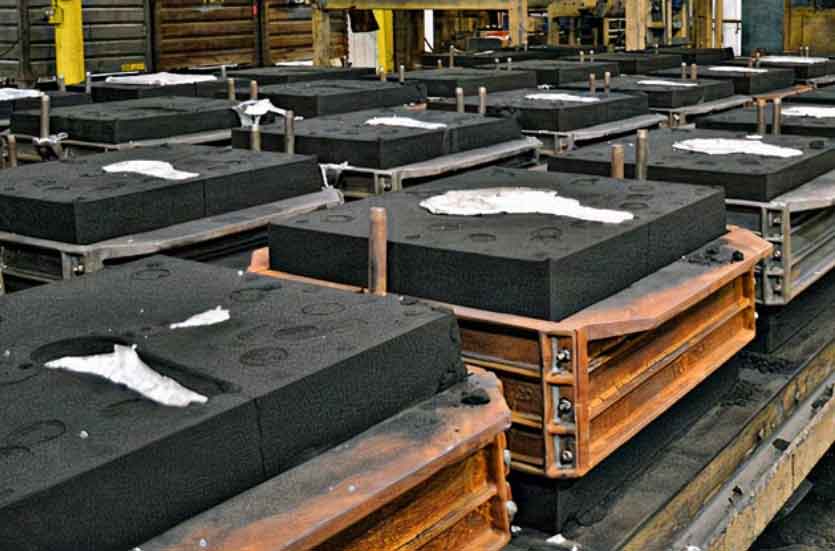
Maximizing efficiency and quality in resin sand casting is crucial for achieving optimal manufacturing outcomes. By implementing the right strategies and practices, manufacturers can enhance productivity, reduce waste, and ensure the production of high-quality metal components. Let’s explore some key approaches to maximizing efficiency and quality in resin sand casting:
1. Optimize Mold Design:
Efficient mold design is a fundamental aspect of resin sand casting. Utilize computer-aided design (CAD) and simulation tools to optimize mold geometry, gating systems, and risering. This ensures proper metal flow, minimizes defects, and improves overall casting quality. Consider factors such as parting line placement, draft angles, and core design to facilitate smooth mold release and reduce post-processing requirements.
2. Control and Monitor Sand Quality:
Sand quality plays a vital role in resin sand casting. Establish strict quality control measures for sand selection, preparation, and maintenance. Monitor factors such as grain size, moisture content, and sand mixture consistency to ensure optimal mold quality. Regularly test sand properties and implement proper sand conditioning techniques, such as sieving and reclamation, to maintain consistent casting results.
3. Optimize Casting Parameters:
Fine-tuning casting parameters is essential for maximizing efficiency and quality. Optimize factors such as pouring temperature, pouring rate, and solidification time to achieve proper filling and minimize defects like porosity, shrinkage, or hot spots. Conduct controlled experiments and utilize process data to identify optimal casting parameters for specific alloys and component designs.
4. Implement Process Automation:
Automation can significantly enhance efficiency and quality in resin sand casting. Introduce automation and robotics for tasks such as mold handling, pouring, and shakeout. This reduces manual labor, increases productivity, and ensures consistent process control. Automated systems can also enable real-time data collection and analysis, facilitating proactive process monitoring and quality assurance.
5. Invest in Skilled Workforce:
A skilled and well-trained workforce is essential for maximizing efficiency and maintaining quality standards. Provide comprehensive training to operators on resin sand casting techniques, mold handling, and quality control procedures. Encourage continuous learning and knowledge sharing to keep up with advancements in the field. Skilled operators can identify and address issues promptly, resulting in improved efficiency and reduced scrap rates.
6. Implement Quality Assurance Measures:
Establish robust quality assurance measures throughout the resin sand casting process. Conduct regular inspections, including visual inspections, dimensional checks, and non-destructive testing, to detect defects and ensure adherence to specifications. Implement statistical process control (SPC) techniques to monitor key process parameters and control variability. Embrace a culture of continuous improvement by analyzing quality data, identifying trends, and implementing corrective actions.
7. Streamline Post-Processing Operations:
Efficient post-processing operations contribute to overall efficiency and quality. Optimize processes such as removal of excess sand, cleaning, surface finishing, and heat treatment to minimize cycle times and reduce labor requirements. Implement lean manufacturing principles to identify and eliminate non-value-added steps, streamline workflows, and optimize resource utilization.
8. Foster Collaboration with Suppliers and Partners:
Collaborate closely with material suppliers, foundries, and other partners to enhance efficiency and quality in resin sand casting. Work together to optimize material selection, address design challenges, and identify opportunities for process improvement. Open communication channels and shared knowledge can lead to improved material quality, reduced lead times, and enhanced overall manufacturing outcomes.
By implementing these strategies and practices, manufacturers can maximize efficiency and quality in resin sand casting. The focus on mold design optimization, sand quality control, casting parameter optimization, process automation, skilled workforce, quality assurance, streamlined post-processing, and collaborative partnerships contributes to improved productivity, reduced costs, and consistent production of high-quality metal components.
